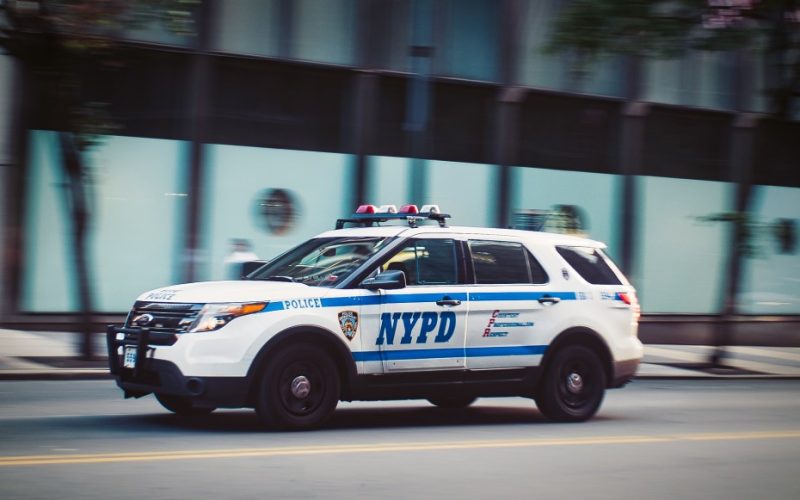Public safety in New York City is at a crossroads.
For years, New York City, once one of the most dangerous cities in the country, performed something close to a miracle: crime fell dramatically. During the COVID-19 pandemic, however, most crime categories rose sharply, before falling to a level still higher than pre-pandemic. Now, with the mayoral race in full swing, the city faces a choice: how to respond to the valid concerns of New Yorkers anxious about crime and disorder?
As New Yorkers and criminal justice experts, we think it’s important, in answering this question, to focus on a parallel narrative. As crime declined dramatically, New York also shrank the footprint of the criminal justice system. Prison and jail populations, probation and parole caseloads, and arrests all declined. At the same time, New York City built a robust infrastructure of community-based services.
The Fortune Society, for example, served more than 13,000 people last year, providing job training, outpatient behavioral health services, substance use treatment, and transitional and permanent housing for justice-involved people. We hope our city will follow this blueprint for public safety.
Two new studies from the Data Collaborative for Justice at John Jay College and the University of Maryland are meeting the moment. They analyze decades of data on crime, victimization, law enforcement activity, incarceration, and racial disparities across New York City. They feature the first-of-its-kind study of New York City data from the National Crime Victimization Survey. Because they tell the story of how we got here, they can shed light on the path forward.
The studies contain some very good news. Violent crime — murder, rape, robbery, and aggravated assault — dropped by nearly 80% between 1990 and 2019, making New York one of the safest major cities in the country. However, between 2019 and 2024, the seven major felony crimes rose by 30%, consistent with crime trends in many other cities during the pandemic. Fortunately, so far in 2025, murders and shootings have receded below pre-pandemic levels, but other crime rates remain stubbornly elevated.
The victim survey highlights two areas of concern. Consistent with national data, more than half of crime victims in New York City did not report their victimization to the police. Between 2020 and 2022, however, only 27% of victims reported to the police. Another troubling finding: the number of victims who say the “police wouldn’t help” when asked why they didn’t report their victimization has increased.
For violent crimes, between 1996 and 1998, 7% of victims gave this reason for not calling the police. This more than doubled to 16% in 2020-2022. For property crimes, the corresponding rates were 12% in 1996-1998 and 18% in 2020-2022. Yet the victim survey reveals another example of New York City’s wise investments: more victims of serious violence are receiving services, from a network of providers across the city, at a level seven times higher than in other large cities.
The research documents progress on the critical agenda of racial justice. As prison and jail populations dropped and police enforcement actions declined, racial disparities in those criminal justice metrics also declined, up until the pandemic. This positive development must be juxtaposed against the harsh reality that behind the numbers documenting the massive expansion of the criminal justice footprint in earlier decades lie the personal stories of lives lost, families separated, and communities unnecessarily weakened.
New York City could choose to double down on these punitive policies of the past that undermine public safety, and, sadly, this agenda has gained steam. Leaders from New York City to Albany to Washington are clamoring for regressive policies. While this tough rhetorical posture may be seen as validating the concerns of worried residents, we know all too well where it leads: over-policing, racial profiling, and hollowed-out, devastated communities that bear the brunt of efforts to crack down on crime.
We could also choose a second path that is bolder and smarter. We can build upon the policies and programs that have served our city well. We can keep New York at the forefront of innovation. Standing at this critical crossroads, the choice is ours.
Travis is a senior fellow at the Columbia University Justice Lab and president emeritus of John Jay College of Criminal Justice. Richards is president and CEO of The Fortune Society, a leading nonprofit organization dedicated to supporting successful reentry and reintegration for individuals with legal system involvement.








